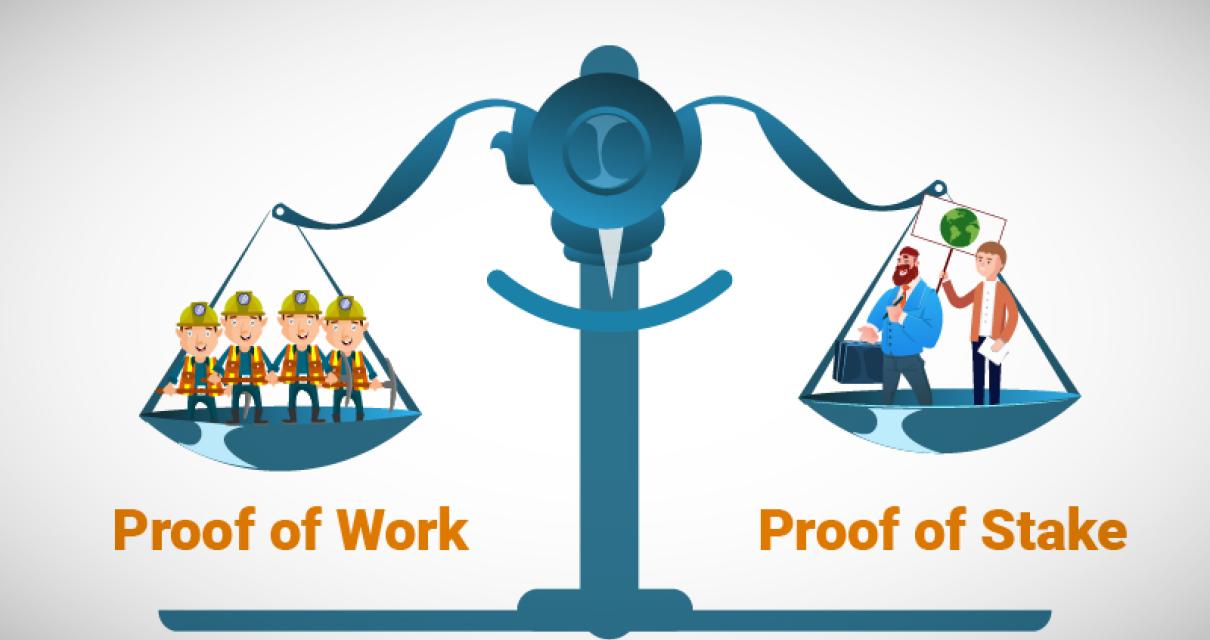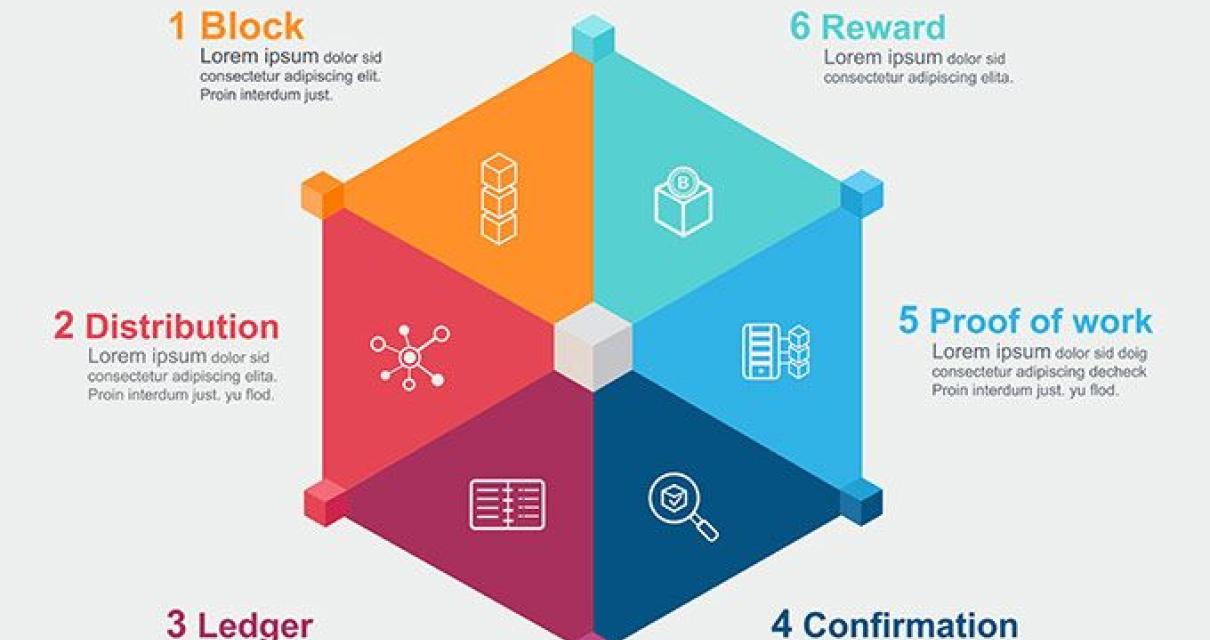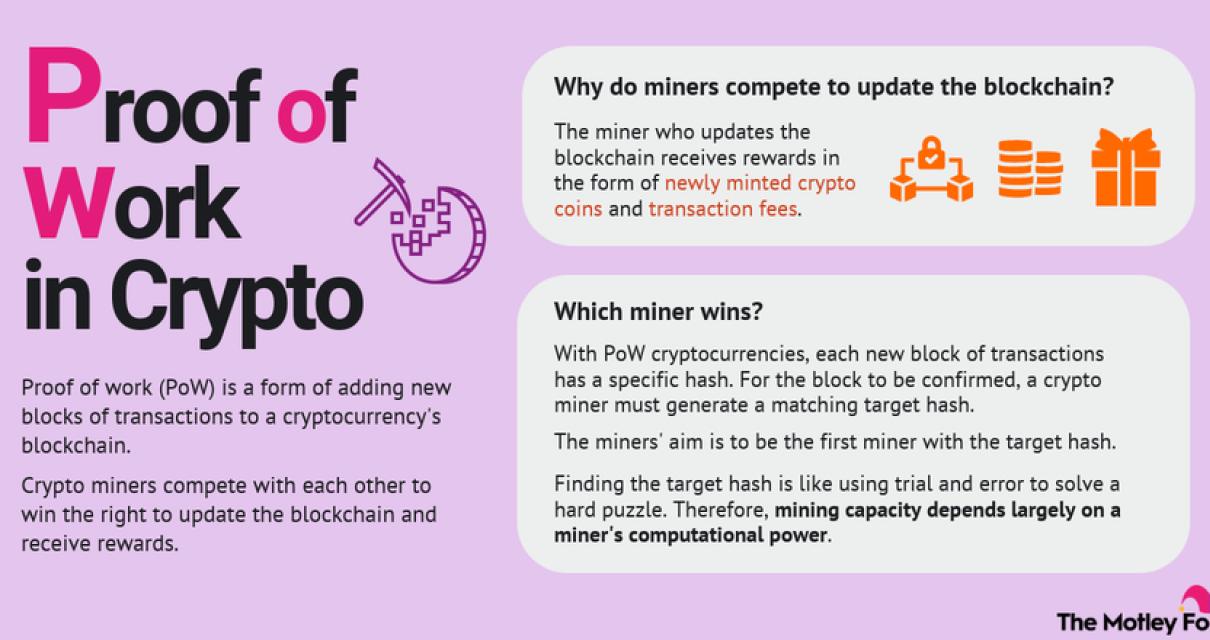What is a Proof-of-Stake Blockchain?
A proof-of-stake blockchain is a distributed ledger technology that requires users to hold a certain number of tokens in order to participate in the network. This system is different than a proof-of-work blockchain, which requires users to solve complex mathematical equations in order to validate transactions.
How does a Proof-of-Stake Blockchain Work?
Proof-of-Stake (PoS) is a consensus algorithm used in cryptocurrencies and blockchains. Transactions are verified by members of the network who possess "stake" in the network. In PoS, each user stores a certain number of "coins" in a digital wallet. When a user wants to make a transaction, they must first find a "validator" to approve the transaction. The validator can be anyone in the network, including the user themselves. The validator then signs the transaction with their private key and broadcasts it to the network. Every node in the network will then check the validity of the signature and add it to the blockchain.

What are the Advantages of a Proof-of-Stake Blockchain?
Proof-of-stake blockchains offer a number of advantages over other blockchain technologies, including:
1. Security: Proof-of-stake blockchains are inherently more secure than proof-of-work blockchains, as the amount of mining power required to generate a valid block is also a deterrent to attackers.
2. Scalability: Proof-of-stake blockchains can handle more transactions than proof-of-work blockchains, as the amount of coins required to stake (or "lock up") a given amount of blockchain data is much smaller.
3. Decentralization: Unlike proof-of-work blockchains, which are controlled by a single entity or group of entities, proof-of-stake blockchains are decentralized, meaning that everyone who holds coins in the network has an equal say in the governance of the network.
4. Immutability: Since a proof-of-stake blockchain is based on a distributed ledger, it is impossible for anyone to tamper with the data stored on the blockchain without being noticed.
5. Smart contracts: Because smart contracts can be executed on a Proof-of-Stake blockchain without requiring a deposit of coins into the blockchain, they can be used to create tamper-proof agreements and other types of contracts that would be difficult or impossible to execute on a proof-of-work blockchain.

What are the Disadvantages of a Proof-of-Stake Blockchain?
The main disadvantage of a proof-of-stake blockchain is that it requires a large amount of trust in the network to operate. This is because users must put up a stake in the network in order to participate, and if they lose their stake then they cannot participate in the network. This can lead to a lack of participation in the network, which can lead to its downfall.
Is a Proof-of-Stake Blockchain More Secure than a Proof-of-Work Blockchain?
Proof-of-stake blockchains are generally more secure than proof-of-work blockchains. One reason is that proof-of-stake blockchains require people to have a certain amount of tokens in order to be able to participate in the network, which makes it more difficult for attackers to gain control of the network. Additionally, proof-of-stake blockchains are resistant to 51% attacks, which are attacks where a majority of network participants can collude to falsify transactions or blocks, resulting in the theft of funds.

Which is Better - a Proof-of-Stake or Proof-of-Work Blockchain?
Proof-of-Stake blockchains are generally considered to be better than Proof-of-Work blockchains. Proof-of-Stake blockchains are more efficient because they do not require miners to solve complex cryptographic problems to gain a block reward. Instead, nodes that hold a certain amount of tokens or coins in order to be valid participants in the network are rewarded with new blocks based on their stake in the network. This allows for a more decentralized network as there is no need for miners to invest in expensive equipment and participate in the network in order to generate rewards.